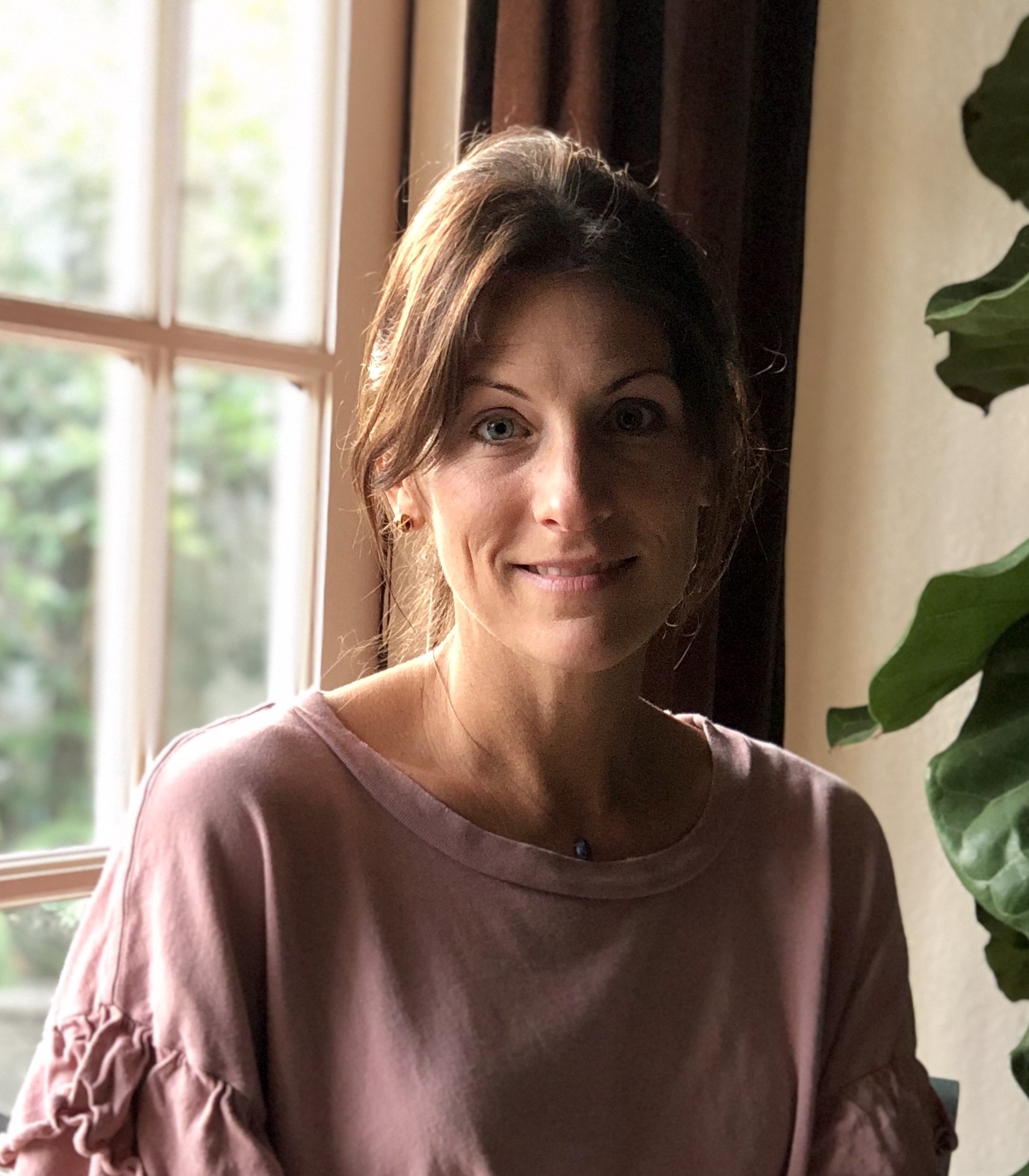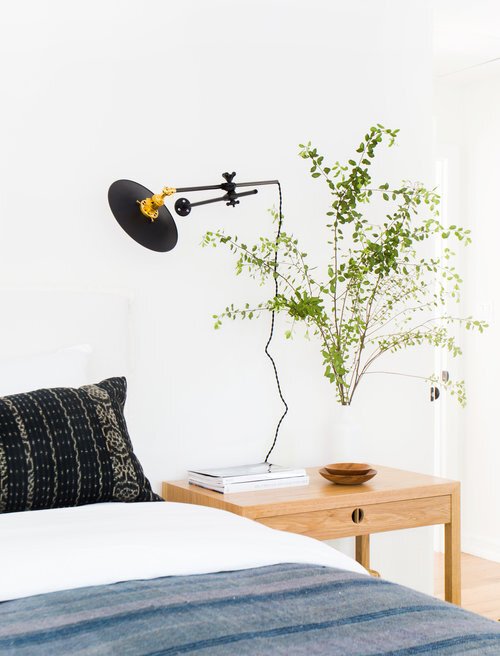
Why Gentle Exercise Is Appropriate At Every Age
It wasn’t until recently, while walking with my dogs in the quiet of a nature preserve, that I recognized how valuable a slower-paced, gentler exercise could be — both physically and mentally. As a teen heavily into sports, I learned to value high-impact strength training and exercised for tangible results. The higher the intensity, the better the workout. My goal was to be sweaty, red in the face, and unbelievably sore the next day. Fast and hard was the name of the game.
I carried this type of exercise mentality well into adulthood — ensuring every workout left me beaten down and tired. If I couldn’t get that type of exercise, then most of the time, I wouldn’t even do any exercise at all. Part of it was the unhealthy mindset behind exercise; the other part was that making time for any exercise in my jam-packed schedule lent itself to only quick and intense sessions just to fit it in.
“I’d been checking ‘hard, fast-paced exercise’ off my to-do list, but I was failing to consider the stress constant high-impact workouts put on my body (and mind) over time.”
Now in my early 40s, a four-mile run can leave me stiff and achy for days — and not in a good way. For the past three decades, I’d been checking “hard, fast-paced exercise” off my to-do list, but, all the while, I was failing to consider the stress constant high-impact workouts put on my body (and mind) over time. Sure, I’d dabbled in yoga — power yoga, of course — but that felt like therapy, not exercise. Finally, something clicked when walking my pups that day (after they’d used their puppy dog power to guilt me into it). It dawned on me the importance of incorporating more gentle, low-impact, and mindful exercises into my weekly routine.
“Your body becomes stronger, has more endurance, and will develop more muscle mass if you include low-impact exercise,” says Corinna Medina, supervisor of MD Anderson Fitness Centers. “And you learn to control your heart rate and your breathing, which reduces stress.”
And, maybe if I’d valued such exercise throughout my younger, active life, I’d be more consistent. Thankfully, it’s never too late (or too early!) to build gentle, low-impact exercise into your routine.
What is gentle exercise?
“Gentle exercise is any exercise that doesn’t put a strain on the joints,” says Kyle Stein, an exercise physiologist and personal trainer of 14 years. “Some examples of gentle exercises would be walking, biking, yoga, mobility work, Pilates, the elliptical, and even certain strength training exercises.”
“You can think of low-impact exercises as ones where at least one and sometimes both feet stay stationary on the ground or a peddle.”
As a handy rule (though there are some exceptions!), you can think of low-impact exercises as ones where at least one and sometimes both feet stay stationary on the ground or a peddle. On the opposite end of the spectrum is high-impact exercise, when both feet leave the ground simultaneously and create a force on joints when you land. Think running, plyometrics, sports like volleyball and basketball, and even aerobics.
According to Stein, who regularly works with older adults looking to improve and maintain their functional fitness for their active lifestyles, gentle exercise doesn’t necessarily mean “easy” exercise either.
“You can still get a great workout by getting your heart rate up on a bike and also burn lots of calories.” Anyone who has been a part of a cycling class can testify!
What are its benefits?
When performed consistently, lower-impact exercise is better for joint health and overall mobility — essential to aging well. In addition, incorporating this type of exercise, even in younger, more active times of life, can help us move better and avoid injury when we choose to perform more strenuous or higher-impact sports and activities.
“When performed consistently, lower-impact exercise is better for joint health and overall mobility — essential to aging well.”
“The saying ‘if you don’t use it, you lose it’ is so true when it comes to your joints and muscles,” says Stein. Increasing blood flow during low-impact exercise — like walking — keeps the muscles flexible, which increases joint mobility.
Doing repetitive, high-impact exercise can lead to injury, so incorporating lower-impact days into your workout routine can keep the muscles moving while allowing your joints to rest, says Stein.
“Walking for an hour a day is shown to prevent depression and relieve anxiety.”
And if you are just starting out with a regular exercise routine, it’s best to start with lower-impact exercises because they build strength and endurance while preventing injury. The more consistent you are with low-impact workouts, the easier it will get to add a few high-impact or more intense activities.
In addition, being more mindful while performing gentle exercise is worth considering for physical and mental health. Even walking for an hour a day is shown to prevent depression and relieve anxiety.
“Being mindful of what you are feeling during the exercise, as well as focusing on form to avoid injury is huge,” says Stein. “Being mindful of how you feel after the exercise is important too. Are you feeling energized? Or are you exhausted? Listening to your body and being mindful of what it is telling you can help you progress safely and effectively in your exercise journey.”
Who benefits the most?
Stein says low-impact exercise is excellent for everyone — even athletes on their off days — to keep their bodies moving. However, those over 60 significantly benefit from low-impact exercise because as we get older, we naturally lose muscle and joint mobility.
“Low-impact exercise is excellent for everyone — even athletes on their off days — to keep their bodies moving.”
“A consistent low-impact exercise program can allow you to continue to do the things that you love in life, even as they age,” says Stein.
In addition, people with arthritis can greatly benefit from gentle, low-impact exercise. Exercise brings blood flow to the joints, lubricating them, and relieving pain.
Pregnant and postpartum women can also benefit from low-impact exercises like walking and swimming because they can continue a consistent exercise program with minimal to no risk for them and their babies. Postpartum, low-impact, outdoor exercise like walking also allows for bonding with their newborns.
Interestingly, one study also found that women benefit more than men from lower activity levels, such as walking. And walking also boosts emotional well-being for a very tangible reason. Stein explains, “Walking also gives opportunities to observe things and reflect on matters that otherwise may get lost in the pressure of daily living.”
Suggestions for gentle exercise
A quick Google search will present a host of gentle, low-impact workouts that can easily be performed in the comfort of your home or even in a more private office setting. Next time you take a break from work, do a few leg and arm circles and torso rotations. Add a few body-weight squats. According to Stein, even simple bodyweight exercises like squats and pushups can be done anywhere and are great for joint mobility.
“Simple bodyweight exercises like squats and pushups can be done anywhere and are great for joint mobility.”
Consider walking, biking, and swimming as low-impact exercises that allow you to raise your heart rate while avoiding the harsh impacts caused by high-impact activities. Try Tai Chi for gentle exercise and meditation. It uses slow, intentional movements to promote mental and physical health. Dancing and most forms of yoga are also great for low-impact, mood-boosting movement.
Do you have a gentle exercise routine that you love? Share your favorite ways to incorporate gentle and effective movement with us in the comments.
Randi Donahue is a Contributing Editor at The Good Trade. She is a freelance writer who lives on the Gulf Coast of Florida and is fortunate to live right next to a glorious nature preserve and a few miles from a white sandy beach. She and her family are passionate about nature, health & wellness, and sustainable living and believe the path to a healthy and prosperous life requires authenticity, kindness, and a whole lot of fresh air.




